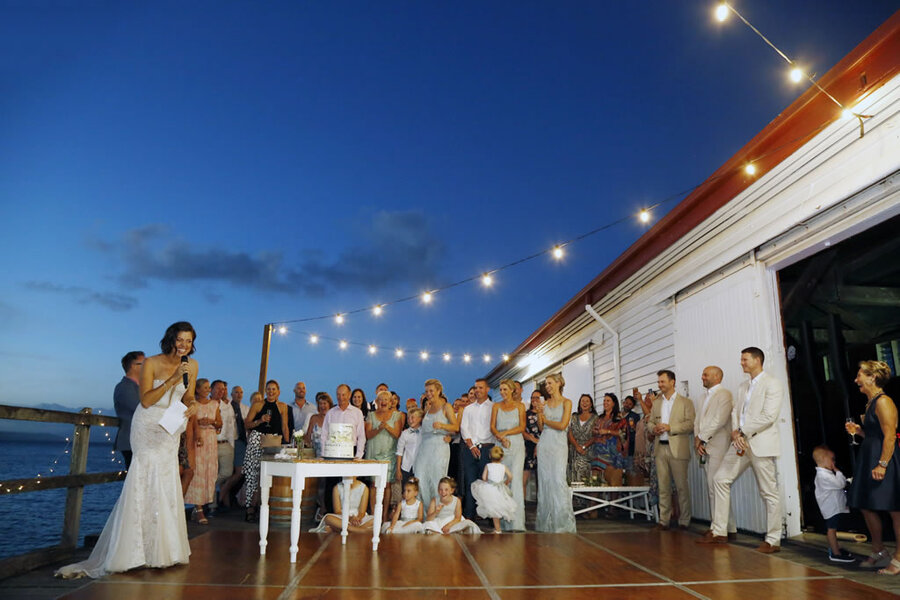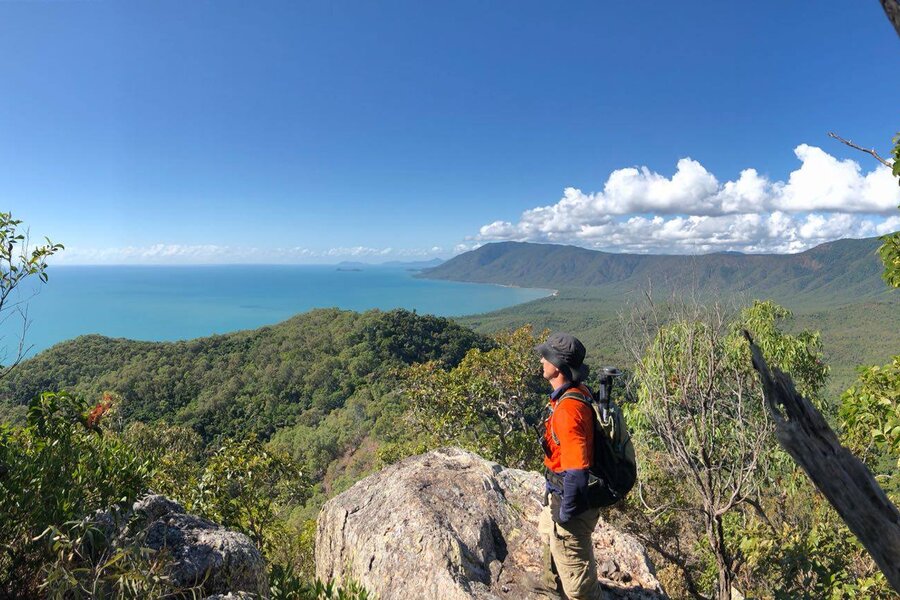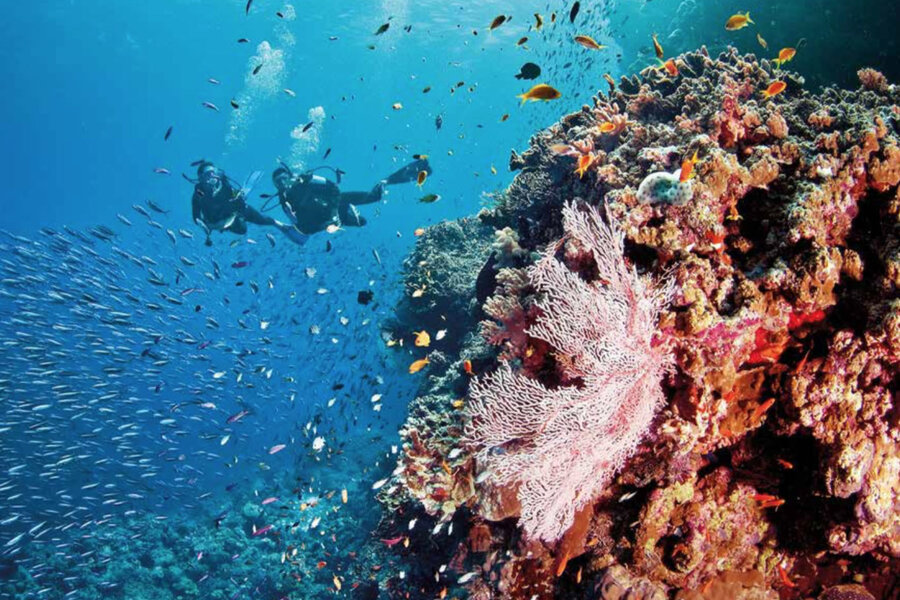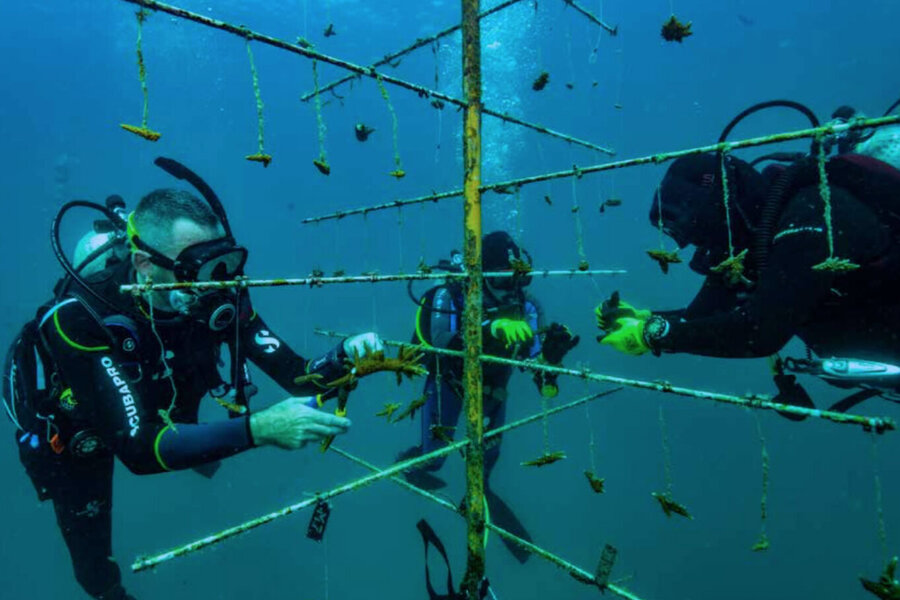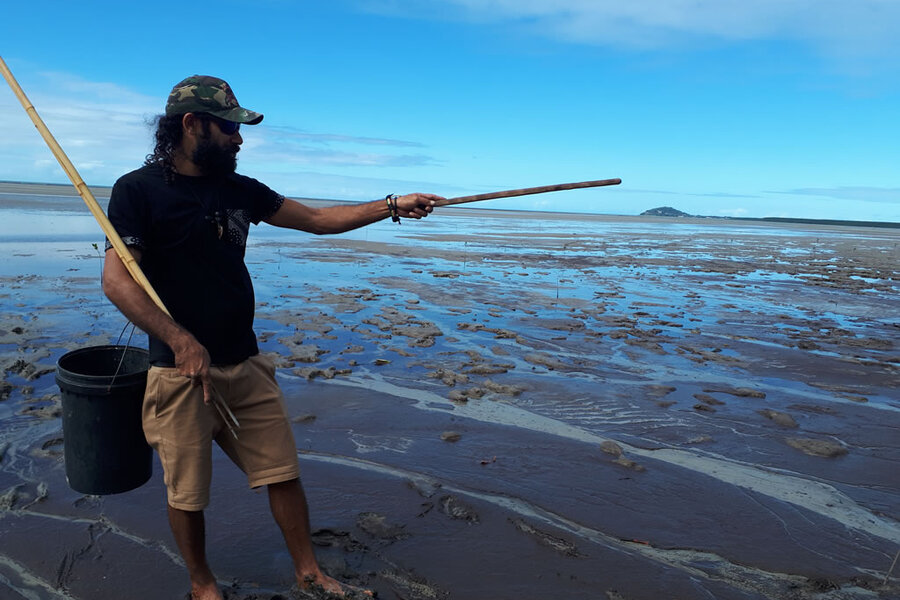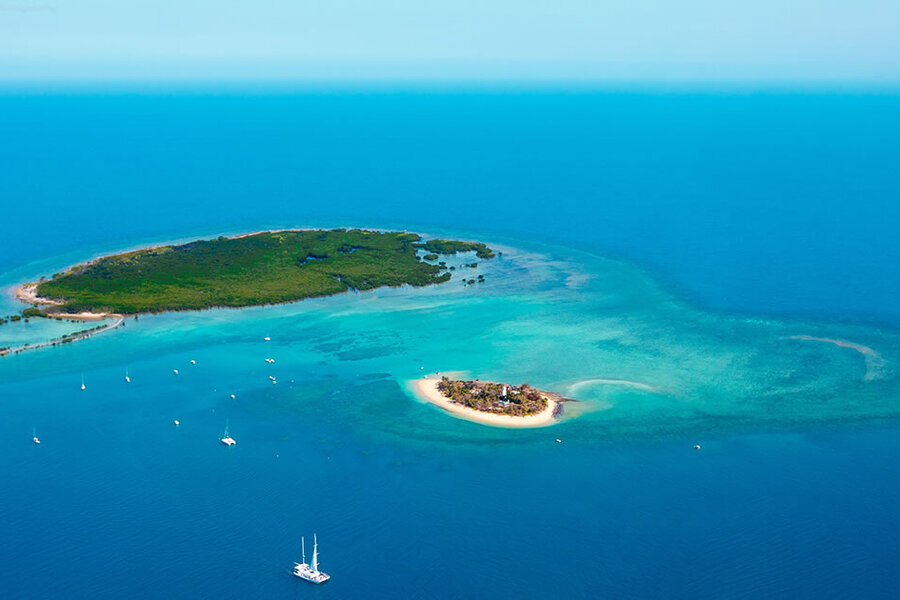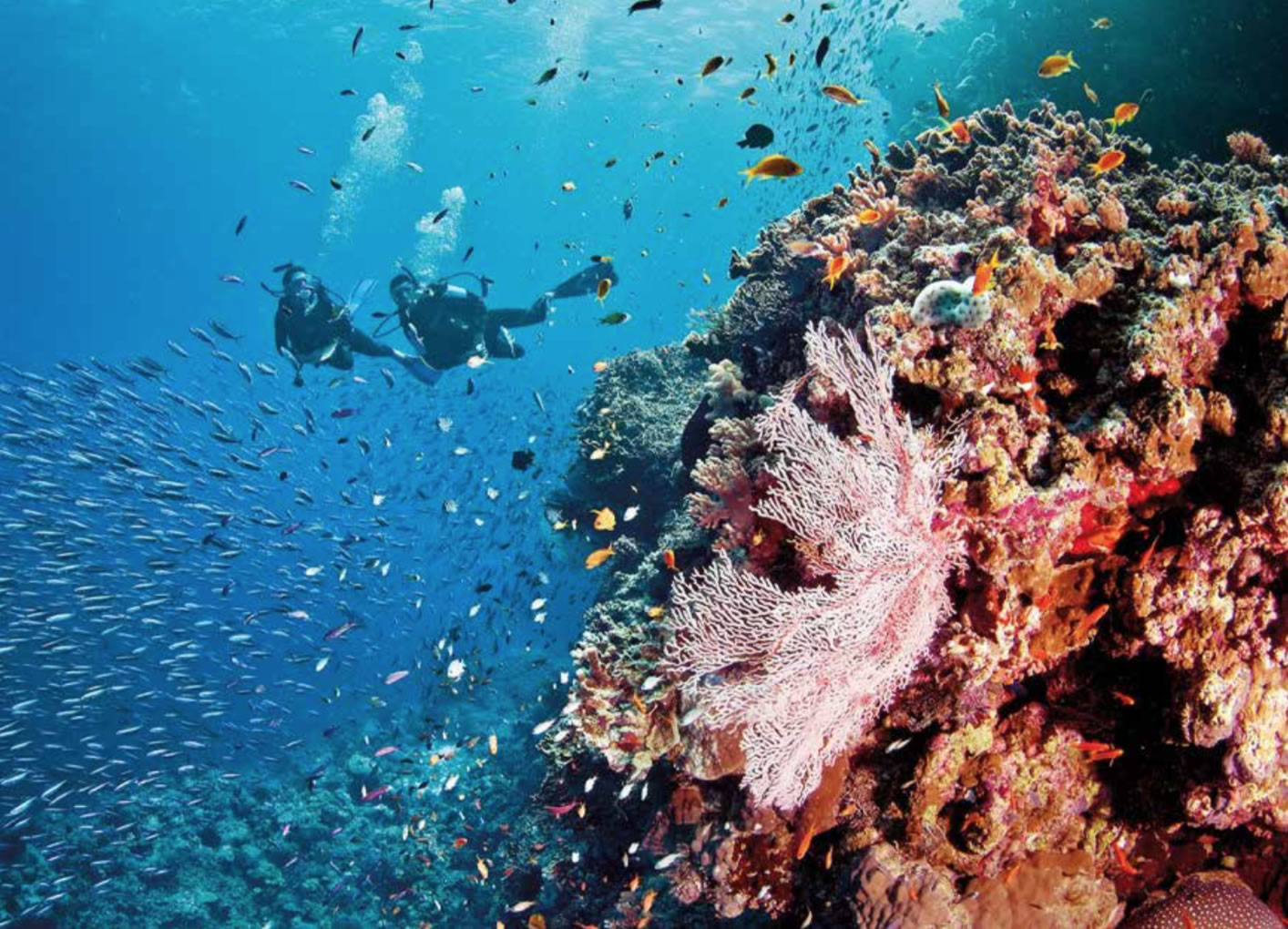
Local reef companies work with scientific researchers to breathe new life into the Great Barrier Reef
Coral polyps, procreating and pampering in Port Douglas
The world was shocked when breaking news globally declared that the Great Barrier Reef had died, apparently bleached into a white shroud of rubble.
The true picture at the coal face (the irony of clichés) painted a totally different picture. Yes, some corals had died at the northern end of its 2300km length, but a majority of healthy, vibrant reefs survived. But it was a wake-up call. A jolt to realise that it wasn’t too late and to start work on safeguarding the Great Barrier Reef’s future.
Port Douglas is not only the gateway to the Great Barrier Reef but is also now at the epicentre of a range of exciting research projects to ensure that our reefs, and the precious eco systems that it supports, are ahead of the game.
Many Government bodies, tour operators and Australian universities are now working together to ensure the Great Barrier Reef remains healthy, continues to flourish and has safeguard measures in place to increase its ability to deal with anything that nature, or otherwise may ask it to attend to.
Wavelength with UTS Sydney - Genetics and Propagation
Wavelength and Sailaway are local snorkelling tour operators who have now teamed with UTS (University of Technology, Sydney). After winning a SBIR (Small Business Innovation in Research) grant they are now working together to develop a more efficient way of attaching young corals to the reef.
The core of this development has entailed inventing a spring clip that makes attaching the juvenile corals to empty sections of reef easier and more durable. Quicker ‘planting’ and higher survival rates for the nursery areas have already been achieved and the results are speaking for themselves.
In only the first eight weeks of 2019 they out-planted a staggering 2700 corals onto the reef and set up two nurseries. From these nurseries corals will be ‘out-planted’ or used as ‘parents’ for more colonies (which are genetically identical). Mind-blowing to think what will be achieved in the remaining 44 weeks of 2019!
Quicksilver - Powering for Growth
Quicksilver Group is the leading tour operator in Port Douglas with their dive centre, snorkel and diving tours. They are involved in cutting edge research out at the Agincourt ribbon reef on the Great Barrier Reef. The Group’s Ecological and Reef Biosearch division, with funding from AMPTO (Association of Marine Park Operators) are spearheading research that involves literally zapping the corals to grow.
Three large steel mesh panels have been placed over an area of coral rubble that was decimated by a cyclone. This stabilises the rubble and small coral colonies can then be attached to the mesh. The mesh is then connected to a power source that emits low voltage electricity. These pulses stimulate the coral colonies to deposit calcium carbonate (the polyp’s external protection, like a shell) three to five times faster than normal.
Eventually, the coral will cover the mesh panels and a healthy reef will be restored.
Great Barrier Reef Legacy - Expeditions and Research
Their philosophy is to bring together the best scientific marine and coral minds and explore the Great Barrier Reef. Their expeditions from Port Douglas travel to the most diverse coral sites on the Great Barrier Reef. These are sites that have recovered from the bleaching and give an important key to understanding how some corals don’t survive bleachings whereas others do.
Through these expeditions they have identified a strain of ‘super corals’ that managed to withstand the higher temperatures. Samples of these are now in the National Sea Simulator in Townsville to spawn. They have also found completely new strains of coral never found before. This is not surprising, with Dr Charlie Veron on board, who is credited with discovering 20% of the world’s coral species.
The Great Barrier Reef Foundation and Australian Government support this research through Great Barrier Reef Marine Parks Authority, Australian Institute of Marine Science and through the research work of Universities throughout Australia.
Reef Restoration Foundation, Fitzroy Island - Nursery trees with baby baubles
The Reef Restoration Foundation obtained the first permit within the Great Barrier Reef Marine Park to establish a pilot research offshore nursery on Fitzroy Island, near Cairns in December 2017.
It was the first offshore nursery of its kind and was instigated after the 2016 and 2017 Great Barrier Reef bleaching events.
This pilot offshore coral nursery was established after receiving a permit from the Great Barrier Reef Marine Park Authority (GRMPA) using a method developed in the Florida Keys and Caribbean, where more than 25,000 corals are grown and planted annually in offshore nurseries.
Cuttings of coral have been growing successfully on coral tree frames - looking not dissimilar to large Christmas trees with hanging coral baubles. These trees at Fitzroy Island were installed in December and are ‘harvested’ every six to 12 months.
The corals have been found to grow more efficiently when suspended, which is why this method is used.
Researchers from James Cook University’s Tropwater and Reef Ecologic are monitoring the performance of the Fitzroy Island coral nursery with the support of funding from the Australian Government’s National Environmental Science Program.
Reef Restoration in partnership with the Australian Government
In 2018 $443.3m was earmarked by the Government to be given to the Reef Trust (managed by the Department of the Environment and Energy) and the Great Barrier Reef Foundation.
The consortium (Australian Institute Of Marine Science - AIMS, Commonwealth Scientific and Industrial Research Organisation - CSIRO, James Cook University -JCU, University of Queensland – UQ, Queensland University of Technology, QUT, Great Barrier Reef Marine Park Authority - GBRMPA and Great Barrier Reef Foundation - GBRF) were given the task to assess the feasibility of large-scale interventions for restoration and adaptation of the Reef and to develop the roadmap for making these interventions a reality. The aim was to create and deliver a model that could be used for reefs around the world. This work is predicted to take a decade and is akin to landing the first man on the moon.
Under the Reef Trust Partnership, the Australian Government has made an investment of $100m into Reef Restoration and Adaptation program (known as “RRAP”). This investment will be supplemented with funding raised by the Great Barrier Reef Foundation.
Their half way plan in 2023 will present innovative ways to make corals stronger and thermally tolerant with proposals on how to implement this and how to switch from small scale to full scale implementation.
Other innovative work supported by the Great Barrier Reef Foundation:
• It’s all in the genes - Discovering the genes that make some corals more resilient than others could be the answer to determining how some corals survive in higher temperatures.
• Stress testing corals – Metabolomics is being used to develop tests diagnosing early coral stress and the likelihood of recovery and survival.
• Sunblock for the Reef - Scientists are testing biodegradable surface films blocking up to 30% of light entering the water they’re applied to. If tests are successful, the ‘sun shield’ could be used to reduce the impact of bleaching on high value or high-risk areas of reef.
• In Nov 2017 a team of scientists used their knowledge of coral sex. By catching the eggs and sperm of the coral produced in their once-in-a-year spawning, they developed millions of coral larvae. The larvae were released into large enclosures off Heron Island on special tiles and growth was monitored. This was the first time this ‘reseeding’ method had been used in Australia and successfully resulted in the accelerated forming of colonies.
• The RangerBot - No, not a futuristic comic character – but a partnership between the coral IVF scientist and the RangerBot robotics team. The RangerBot has been modified to deliver heat-tolerant coral ‘babies’ that were collected during the 2018 spawning to damaged reef areas.
• Coral Probiotics – The added vita boost for corals. Probiotics are given to corals to help improve their health and boost their resilience in times of stress and help them cope with environmental changes.
• Cryoreservation - Reef Recovery program to cryopreserve the Reef which brings together Taronga Conservation Society Australia, the Australian Institute of Marine Science and the Smithsonian Institute to create the largest bio-bank of frozen corals in the world. This project involves freezing and banking coral sperm in a bid to safeguard at-risk species and their genetic diversity.
• The University of Sydney is researching the biochemistry of the signals (peptides) between the coral and its mate zooxanthellae. By determining the different signals, they may be able to keep the zooxanthellae producing sugars for the coral for longer.
• The Royal Society of Biological Sciences published a paper offering ‘a nugget of hope’ in June 2006. They found that by introducing zooxanthellae that were more resistant to thermal stress the coral’s thermal tolerance was increased.
The Great Barrier Reef is under continual stress. Without the oceans absorbing the excess heat in our world we would all be living in a sweltering 50deg C. As the oceans warm, the marine life within them suffer, a dead ocean is a dead world.
Moving away from fossil fuels and taking individual responsibility about our own eco footprints could ensure that the ominous projectory we are taking could be slowed down. With the amazing scope of research work being carried out, the preservation and rejuvenation of coral reefs around the world might still stand a chance to survive into the next generation. 70% of our world is underwater, this is truly OUR world down to each tiny polyps.


